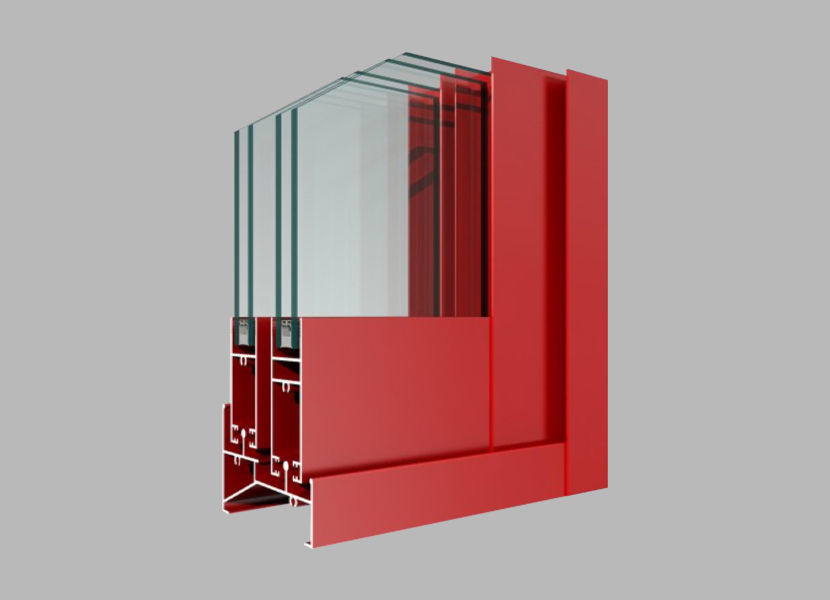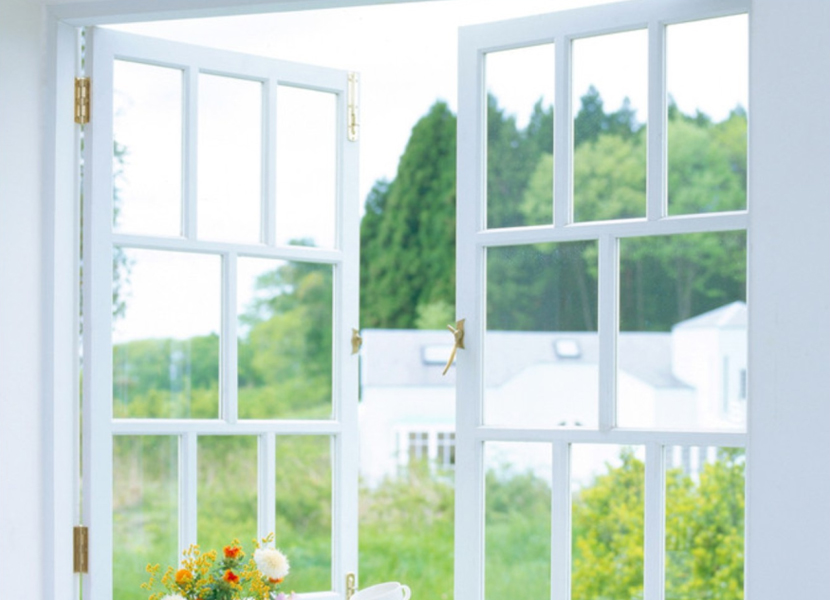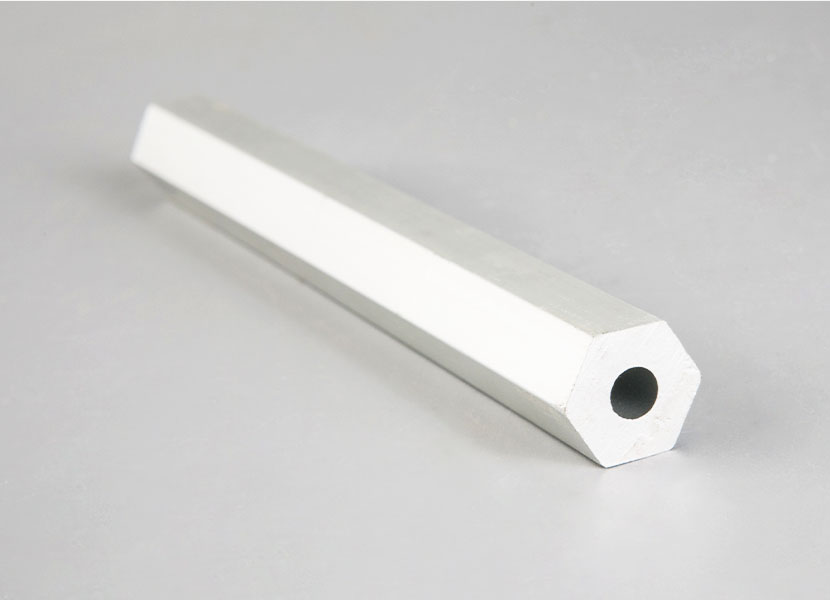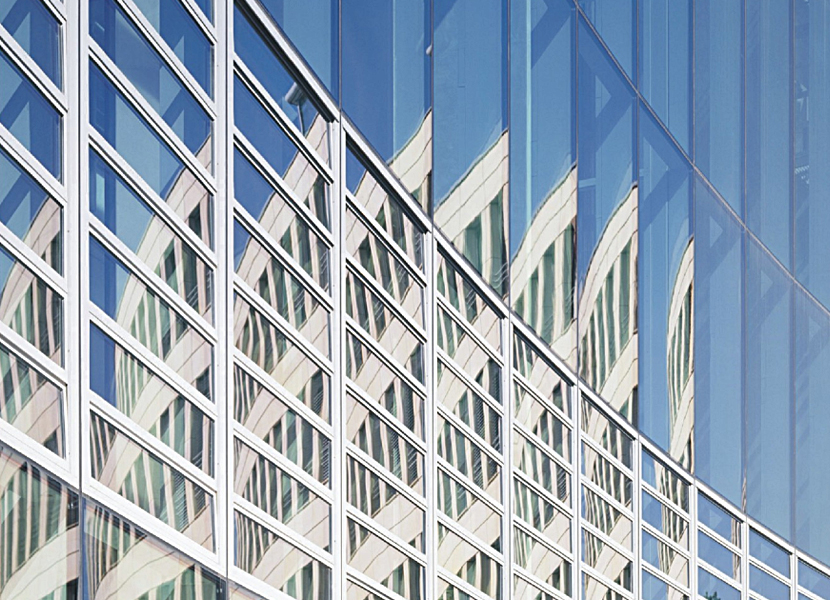As a typical non-ferrous metal, aluminum alloy has the advantages of light weight and corrosion resistance, so that aluminum profiles have been widely used in traditional industrial profiles, doors and windows, curtain walls, decorative materials and other fields. In the production and processing of aluminum profiles, detail control is the key. A slight failure will affect the product performance and quality, such as:
1) In order to be more conducive to the aging cycle air supply, the aluminum profile should not be too dense when framing, and there must be a gap between the materials, especially the small and thick materials that are not ventilated. When the small material and the sheet material are assembled in one frame, the tube material is placed below.

2) In terms of temperature setting and control, there is usually a certain error between the temperature and the apparent temperature. When setting the surface temperature, it should be set according to the actual temperature of the furnace and pay close attention to temperature fluctuations.
3) Before the aluminum profile is installed in the furnace, other special alloys and ordinary alloys should be installed separately for aging. The aging is to make the aluminum profile effective within a certain period of time. When the aluminum profile is really to be aged in the same furnace due to production reasons, the special alloy should be used. Process for aging.
4) Aging and heat preservation of aluminum profiles: Aging should be carried out in strict accordance with the process requirements, and the heat preservation time should be appropriate to prevent under-ageing or over-ageing from causing insufficient hardness.

 English
English 简体中文
简体中文 España
España






